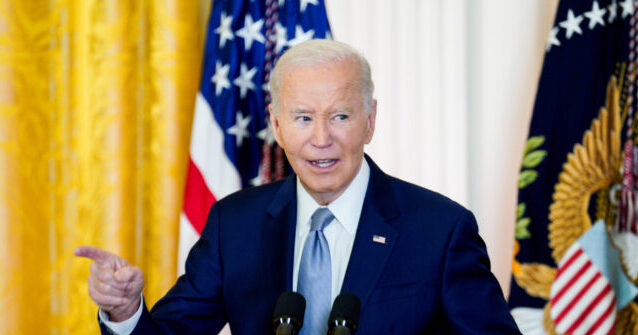In November, the U.S. experienced a notable uptick in prices paid to producers, raising concerns about the potential stall in progress against inflation. According to the Bureau of Labor Statistics, the Producer Price Index (PPI) rose by 0.4 percent for the month, surpassing expectations by one-tenth of a point. Furthermore, the previous month’s increase was revised upwards from 0.2 percent to 0.3 percent. Year-over-year, the PPI shows an increase of 3 percent, marking the most significant annual gain since February 2023, indicating a troubling trend for economic stability and inflation control.
The PPI serves as an important economic indicator, measuring a range of prices paid to U.S. producers for goods and services. Unlike the more frequently referenced Consumer Price Index (CPI), the PPI encompasses a broader spectrum by including exports and omitting imports, providing a different perspective on inflation trends. This index also accounts for prices from governments and businesses, which are omitted from the CPI that focuses primarily on consumer purchases. The variance between these two indices sheds light on inflation’s impact at different stages of the economy, especially regarding the distribution of goods.
Core producer prices, which remove volatile food and energy costs, reflected a milder increase, rising by 0.2 percent in November, a decrease from a 0.3 percent increase the prior month. When considering core producer prices over the past year, the rise amounts to 3.4 percent, indicating continued pressures despite the slowdown. An even narrower measure, often termed “core core” producer prices, witnessed a modest rise of 0.1 percent for the month, with an annual increase of 3.5 percent. This metric excludes food, energy, and trade services and provides insights into the margins retained by retailers and wholesalers.
It’s essential to clarify that while the PPI is sometimes misrepresented as a measure of wholesale prices, it, in fact, encompasses a broader array of price changes affecting producers. The recent PPI increase can be attributed to specific price surges, especially in food categories. A significant factor was the notable 3.1 percent rise in food prices, which was sharply influenced by a staggering 54.6 percent leap in egg prices alone. Such drastic changes in food prices underscore the vulnerability of consumer costs and the broader implications for inflation.
Further contributing to the overall PPI rise, goods prices experienced a 0.7 percent increase, primarily fueled by the spike in food costs. Meanwhile, service prices exhibited a more restrained increase of 0.2 percent, showcasing a divergence in inflation dynamics across different sectors. The data suggests that while some categories may stabilize, others, especially essential commodities like food, continue to pose significant inflationary challenges.
In summary, the November PPI results underscore the complexities and ongoing challenges the U.S. economy faces concerning inflation management. With significant price increases driven by essential goods, particularly food, the risk of inflation resurgence remains a pressing concern. As policymakers and economists analyze these trends, the focus will be on developing strategies to mitigate inflationary pressures and restore stability to the economy, particularly in light of the notable advancements previously achieved in lowering inflation rates.

